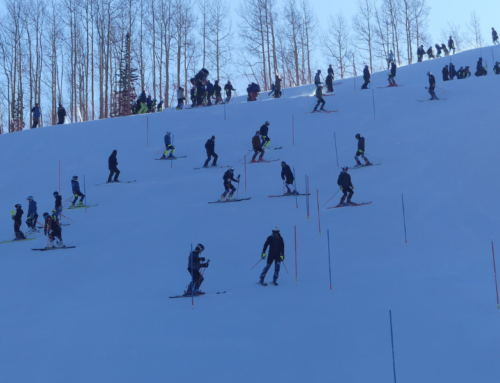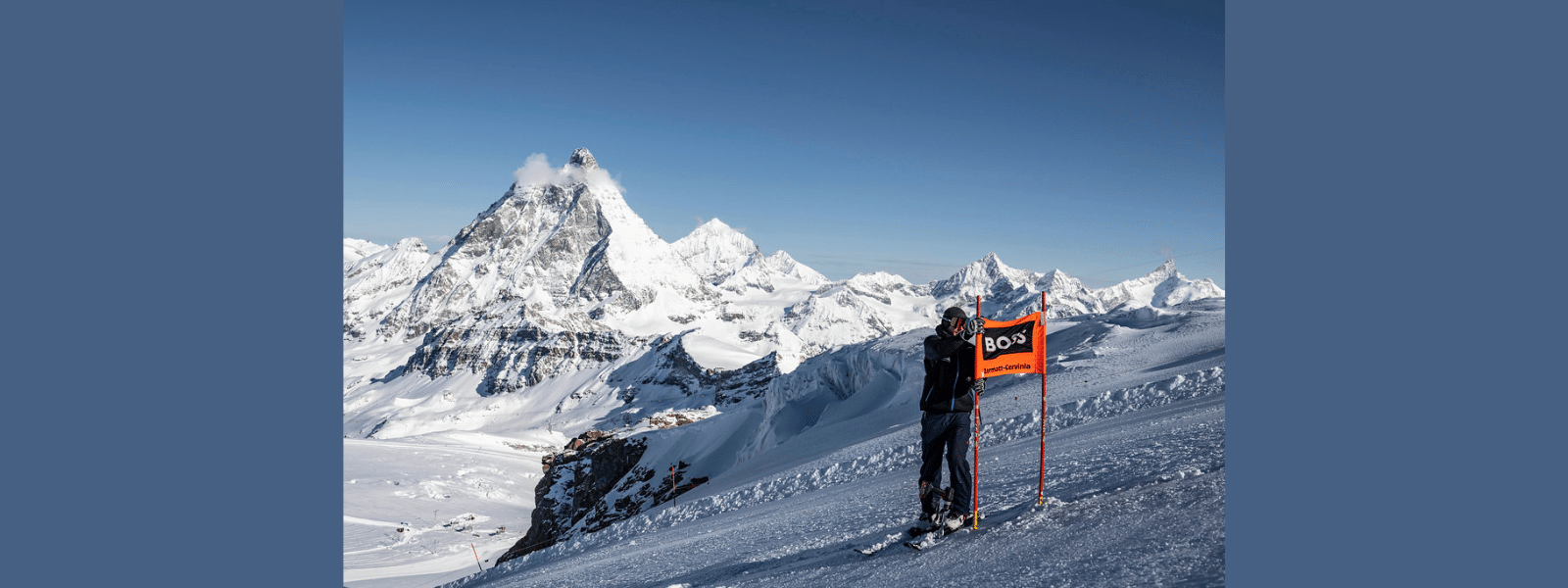Q&A with freestyle aerials coach Kerry Miller
The future of World Cup aerials was on full display in early January when Jeret “Speedy” Peterson of the U.S. Ski Team landed the most difficult jump in the sport — his handcrafted Hurricane — twice within about 24 hours to sweep two competitions at the Chevrolet Freestyle International event at Deer Valley, Utah.
THE FUTURE OF World Cup aerials was on full display in early January when Jeret “Speedy” Peterson of the U.S. Ski Team landed the most difficult jump in the sport — his handcrafted Hurricane — twice within about 24 hours to sweep two competitions at the Chevrolet Freestyle International event at Deer Valley, Utah.
In winning the opening event on Jan. 11, Peterson broke a pair of World Cup records — highest-scored jump in the history of the sport (140.38 on his second jump, the five-twist, three-flip Hurricane) and the highest two-jump combined score (268.70).
Standing in the crowd both nights was Peterson’s childhood coach, Kerry Miller, beaming with pride at his former star pupil’s accomplishment. Miller has seen Peterson progress from a precocious 9-year-old who couldn’t wait for another run down the water ramps (hence the nickname, Speedy) to what he is today: a two-time Olympian, former World Cup overall champion and current World Cup leader.
In a chat with Ski Racing after the second night of aerials competition, Miller, who’s a Level 3 aerials coach based in Park City, Utah, at the ISP Freestyle Program, touched on Peterson’s future and the future of the sport.
Ski Racing: Have you seen Speedy jump this well before?
Kerry Miller: Not putting two together in the same day back-to-back like that. He did a fair share of slap-backs. He got spanked a couple of times.
SR: With how he’s feeling physically right now [after crashing multiple times in warm-ups], for him to hit the Hurricane twice, what’s your reaction?
KM: It’s incredible. He’s always had a tremendous amount of innate ability, he’s always been able to land it when he needs to. That’s his biggest thing, ever since he was a little boy. That’s one reason why he made the [U.S.] team so early is because he could always find his feet. Of course, he took these other kids that he helped raise, [freeskiing star] Tanner Hall and so on, and he taught Tanner how to land. Tanner progressed to what he is today because of learning how to land from Speedy. So it’s been kind of a trickle-down theory. Now all my other kids now that are freeriders watch Tanner and Speedy. They think they’re just heroes. Speedy’s a great kid, and what a wonderful hero he is for all of them.
SR: What’s next for him? He’s pulled off the Hurricane twice in two days. How far can he push it?
KM: Well, you never know. You’ve got another Olympics coming up, you’ve got three years left. He may just decide to put another twist in there somewhere. Of course, you can increase your DD [degree of difficulty] by throwing in that triple at the end so it will go over 5½ points. It depends on where you put that triple maneuver and that DD goes up. I’ve seen him do it enough where he can move it to the end [of the jump]. You never know, he might throw that extra spin in there somewhere so you might start seeing seven of them. It’s possible.
SR: You’ve been around aerials a long time.
KM: A lot of years.
SR: Four years, eight years from now, what’s the future of this sport? What kind of acrobatics will we see?
KM: You won’t see any more flips because the hills just can’t take the design. So the way you’ll have to go into it is either more twisting so you could see double-full-double-full-full, which would be seven. Speedy’s pushing that already with five [twists] and having a triple in the sequence. But you could have guys that go triple, double and a single, and that could be the next step for him. So you’re getting six. Then you might find triple-full-triple-full-full in the future in the next 10 years.
You also may, with the crossover of the sport eventually with freeride, start seeing some interesting takeoffs. That’s really pushing it, but you never know. None of this was around 15 to 20 years ago. Let’s see, I got started in ’78 and we never thought we’d see this stuff. So you never know. It’s gonna be a great twist. I think for the next four, five years [Peterson] is still going to be the top innovator. And of course he’s got great pressure and great friendship with guys like [Canada’s] Steve Omischl. He and Steve have fought that battle for No. 1 for four or five years now and they’ve been really close friends ever since they were little. They trained together back at Lake Placid 10 years ago, so they have a lot of familiarity with each other. And that helps, having that kind of push.
SR: Do you see a bright future for aerials?
KM: I hope so. There’s a lot of people who have put a lot of time and effort in this sport, a lot of people made a lot of commitments. You’ve got an awful lot of nations, like the Chinese, the Belorussians, you’ve got the Koreans thinking about putting a team together, got a lot of money behind it. And, of course, the Canadians are hosting this year, and the Olympics in four years, so they’re putting a lot of money behind it. I think you’re going to continue to see it go. You’re going to see an awful lot of talent coming out of the [Far] East. The Chinese and Japanese are pushing it very big, so they’re not about to let this sport go away. And we aren’t either. We’ve been at it too long, so we’re going to hold onto it as long as we can.





















